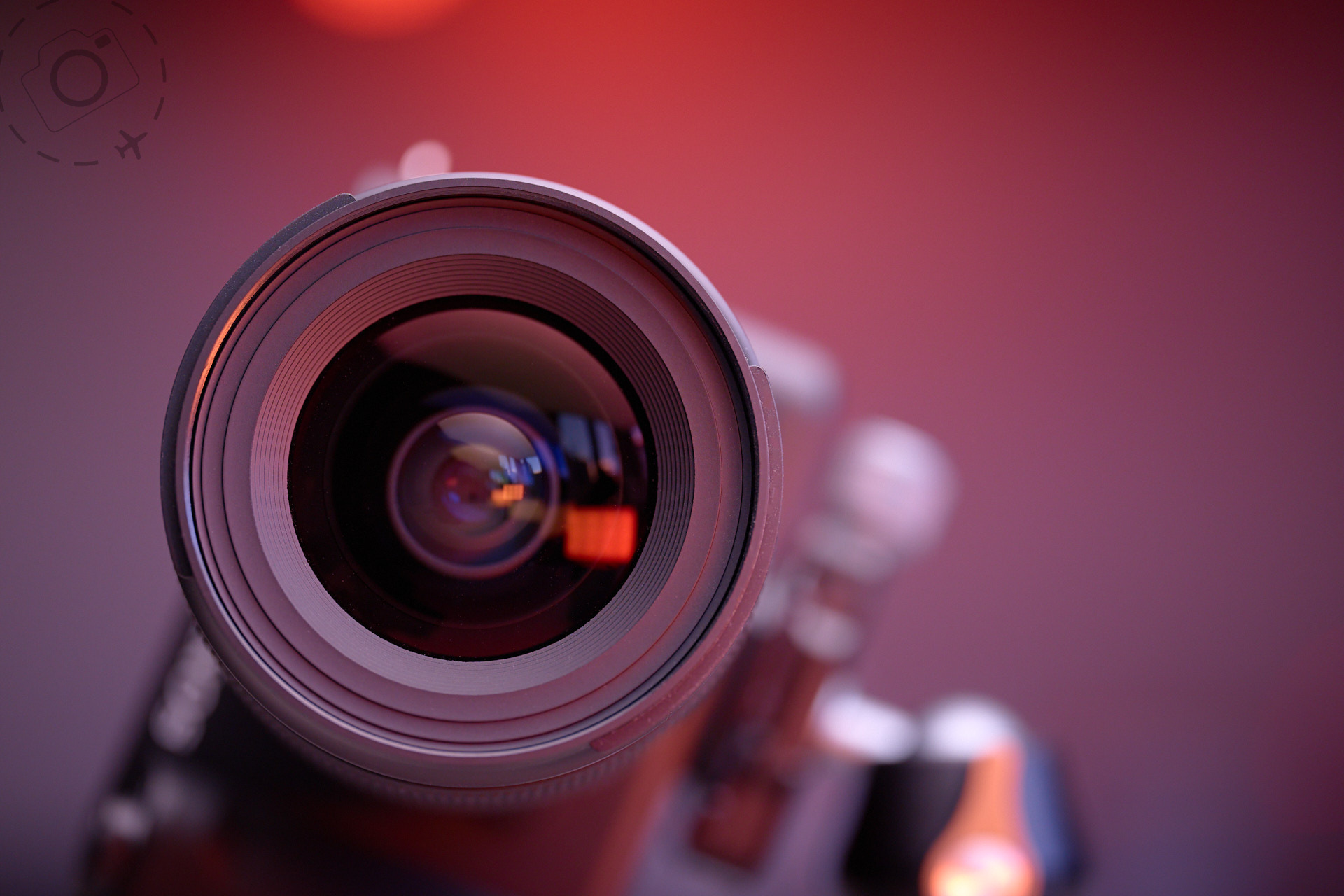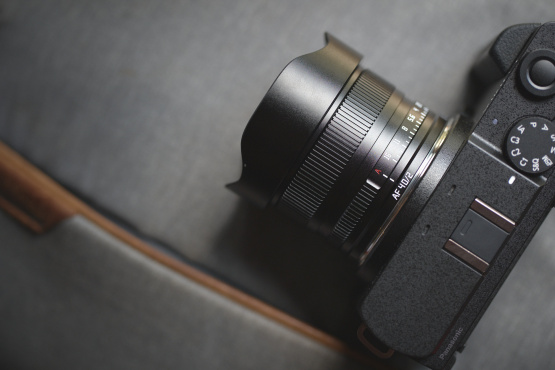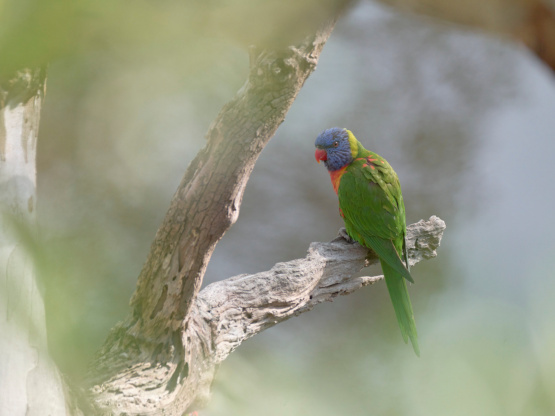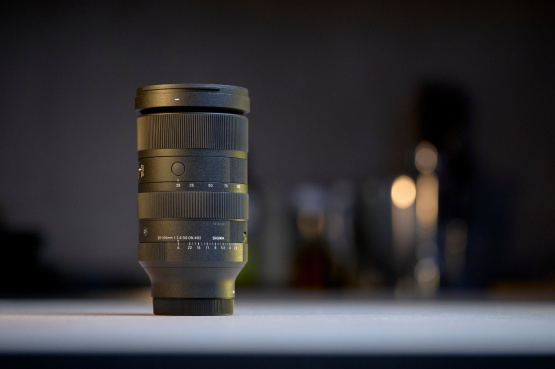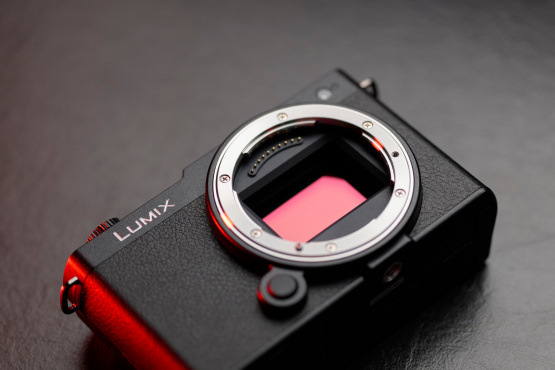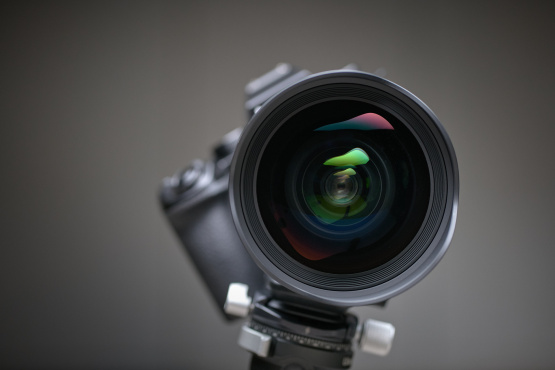I love the 18mm perspective. One of my favourite old lenses from my DSLR days was the compact and gorgeous Zeiss 18mm F3.5. It’s incredibly sharp and delivers amazing detail on 50MP sensors. But it’s not especially fast, and the vignetting into the corners makes it unappealing for astro photography. It also has a unique wavy distortion pattern that requires correction in post, which shows up most clearly when shooting straight lines of architecture or interiors. This proved to be a headache given the random bugs thrown up by Capture One and it’s lens correction tool.
So for many years the world of 18mm was left on my shelf, until the LUMIX S 18mm F1.8 came along. It’s only in the last 6 months that I’ve had the chance to work with this lens properly, and it’s become a standard piece of kit for my travel photography. I like a good wide angle lens, and at 18mm we’re nudging the edges of ultra-wide. Capturing 60p video on the LUMIX S5II crops the sensor anyway, so that 18mm becomes a 27mm under such circumstance. Starting off “wider than wide” is never a bad thing.
I took the LUMIX S 18mm to Vietnam for a shoot earlier this year and it really delivered. Minimal distortion, maximum flexibility, great autofocus performance and that sweet F1.8 bokeh. Getting any bokeh from a wide angle is not always straight forward, but there are times when you can push the foreground hard and let the background turn to silk. I liked being back in the 18mm world, and it reminded me of what I’ve been missing.
For a decade my standard kit for the Himalayas was a 50mm and a 24mm prime. Nothing else. That combination would get me 95% of the shots I want. As a tour leader I have to sometimes let go of the other 5%, in order to travel light and be more available to my companions on tour. 24mm was my go-to lens for wide for over a decade, because in the days of DSLR a 24mm F1.4 lens was the widest you could go and still shoot fast. The next option was F2.8, and that’s not my thing.
Today we have immense choice in that space between wide and ultra-wide. Not only are18mm F1.8 primes are a thing now, but 20mm primes and zooms are all over the market this year. Sigma make a 20mm F2 that is an absolute gem. So small, so solid, so fast. Years ago I took their 20mm F1.4 to Bhutan and I loved it, but it was a huge beast and heavy and has curved glass at the front which makes working with filters difficult. If it was half the size I totally would have ditched the 24mm F1.4 in favour of it. But here in the year 2023 we have mirrorless cameras, and so Sigma made a teeny tiny 20mm F2 (for L-Mount and E-mount).
Gone are the days when 24mm wide angle is enough for me. Last year I was travelling in Nepal with a 24mm prime and it was killing me. I wanted just that little bit more, so so often.
Micro Four-Thirds cameras have another unique option, the LUMIX 10-25mm F1.7 zoom lens that gives effectively 20-50mm zoom, but at F1.7 right the way through the range. Gorgeous. 20mm instead of 24mm is a peach. Pre-Covid I did one trip to Nepal with this lens and I never found myself trimming back on the zoom – I always maxed it out as wide I could go. When I want wide, I want wide. The zoom was great for times when I needed a 50mm perspective, or maybe 35mm, and I didn’t need to swap out a lens to achieve that. Luxury. I’m not used to having powerful shallow-focus plus the benefits of a zoom.
This time I’m heading to Nepal to test out both the Sigma 20mm F2 and a Tamron 20-40mm F2.8 zoom. The Tamron is not as fast as what I’m used to, but it’s soooo light and it’s full frame. It’s a compelling bit of kit and sells for a song. Even if you’re a die-hard prime addict like myself, a lens like this is a must have as a backup in case something happens to one of your other lenses. It’s super easy to pack, and might save your bacon one day. I wont get into the argument right now about a 20-40mm F2.8 zoom vs a 20mm F2 prime – that’s for another blog post.
The question is will 20mm be wide enough? Will I simply find myself lamenting the difference between a fast 20mm and a fast 18mm?
There are times when 18mm is not nearly wide enough either. Aurora photography in the arctic is an addictive pursuit for landscape artists, and at 18mm the dancing sky can give you moments that are too immense and too wide to capture. In the Arctic there are times when even 12mm is not enough. In reality an aurora lens is a dedicated bit of kit, and not just something you shoot with whatever other wide angle you happen to already own. Auroras are not a reason to buy 18mm instead of 20mm, they’re a reason to buy a 14mm F2.8 or faster.
It’s rare that an 18mm lens gives you significantly more joy than a 20mm. It does happen, but not often. The difference between 24mm and 20mm however is like chalk and cheese. There ar eloads of times when 24mm isn’t wide enough for me. Sigma’s little 20mm F2 is an amazing bit of kit to hold in your hand. It feels so solid and yet packs away so small. I get much more attached to lenses than cameras, and this is one I might find hard to put down. It’s an ideal lens for very very small camera bodies, the kind that look silly when you stick a 20mm F1.4 on the front.
You’ll see a lot of photos coming through on my Mastodon account from the Himalayas in the months to come, and many of them captured at 20mm. Some on the Sigma, some on the Tamron. We’ll see which ones spark the most joy for me. What you won’t see this trip are 24mm or 18mm. Those guys are resting at home, snug on the shelf and taking a little break from duties. For the next three months it’s 20mm all the way.
Shopping for lenses is always a nightmare, no doubt. There is no perfect lens and everything is a compromise of some sort. Weight. Price. Speed. Price. Zoom. Price. The best lenses are usually those dedicated to specific tasks. Auroras on a 14mm is marvellous. Birds on an 800mm are marvellous. Butterflies on a 105mm F2.8 Macro are marvellous. For everything else, a wide and a standard prime are marvellous too. And when I say wide, 24mm is not enough... but 20mm is pretty darned good.

Keep Reading
Join Ewen's newsletter for monthly updates on new photography articles and tour offers...Subscribe Here

